
Powered by Google Developers
for college students interested
in
Google developer technologies

Powered by Google Developers
for college students interested
in
Google developer technologies

Scroll to discover
GDSC RIT
Click to discover
GDSC RIT
An exciting transformation that has the potential to reshape our digital landscape - the journey towards
Web3 and the role of decentralization within it.
Our current internet, often termed Web2, has brought us remarkable connectivity and social interactions.
Yet, it has limitations - centralized control over data, user privacy concerns, and
the dominance of tech giants.
 It's
time we explore an alternative approach.
It's
time we explore an alternative approach.
Web3 - a vision where the internet becomes more inclusive, equitable, and user-centric.  It's a call for a decentralized internet that empowers individuals like never before.
It's a call for a decentralized internet that empowers individuals like never before. 
Blockchain-based Social Media: Platforms like Steemit and Hive reward content creators directly with
cryptocurrency.
No more content monopolies; it's about the community recognizing and incentivizing quality
contributions.
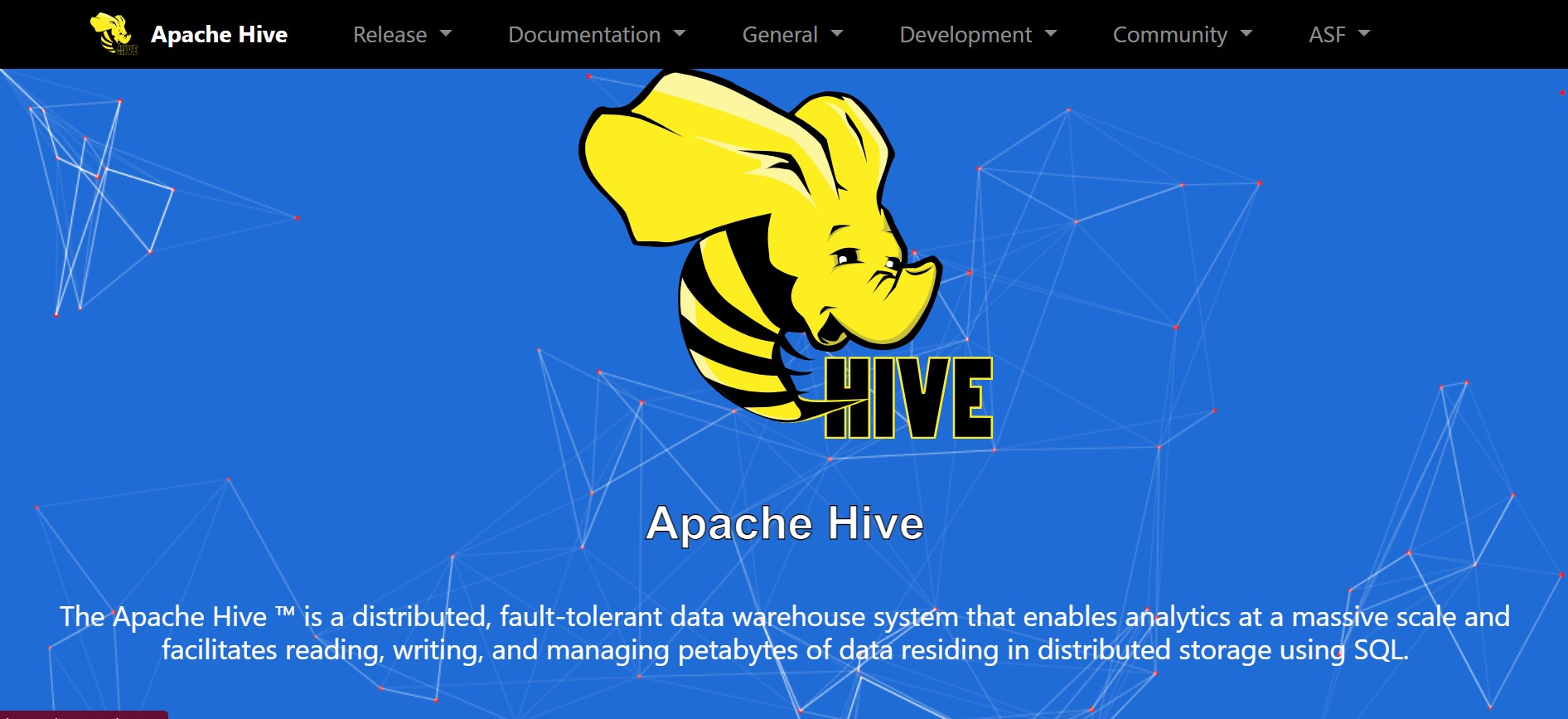
Decentralized Finance (DeFi): In DeFi, intermediaries like banks are replaced by smart contracts.
You can lend, borrow, or trade assets directly from your digital wallet. Financial services are no
longer confined to institutions; they are open to everyone.
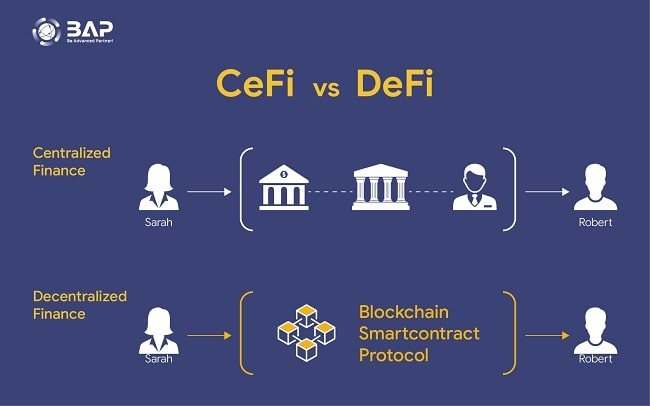
Decentralized Autonomous Organizations (DAOs): DAOs use smart contracts to make collective decisions
It's like a company, but decisions are transparent and democratic, involving token holders who can
vote on proposals, irrespective of their location.
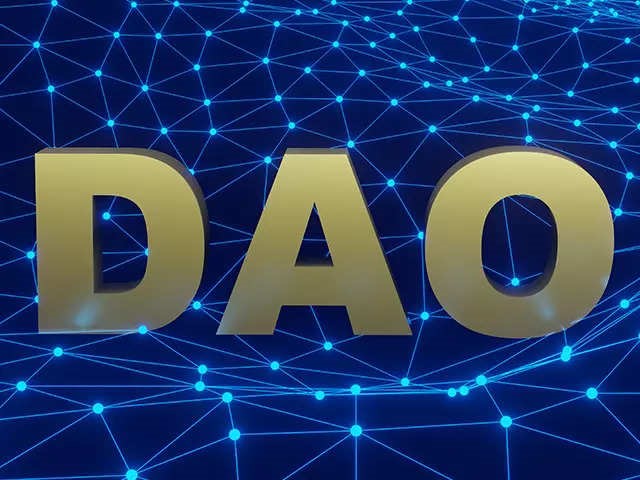
Non-Fungible Tokens (NFTs) are unique digital assets that have revolutionized ownership and provenance
in the digital realm
Web3 beckons us with its promise of a more democratic, open, and secure internet
Digital collectibles that magically transform pixels into prestigious possession, 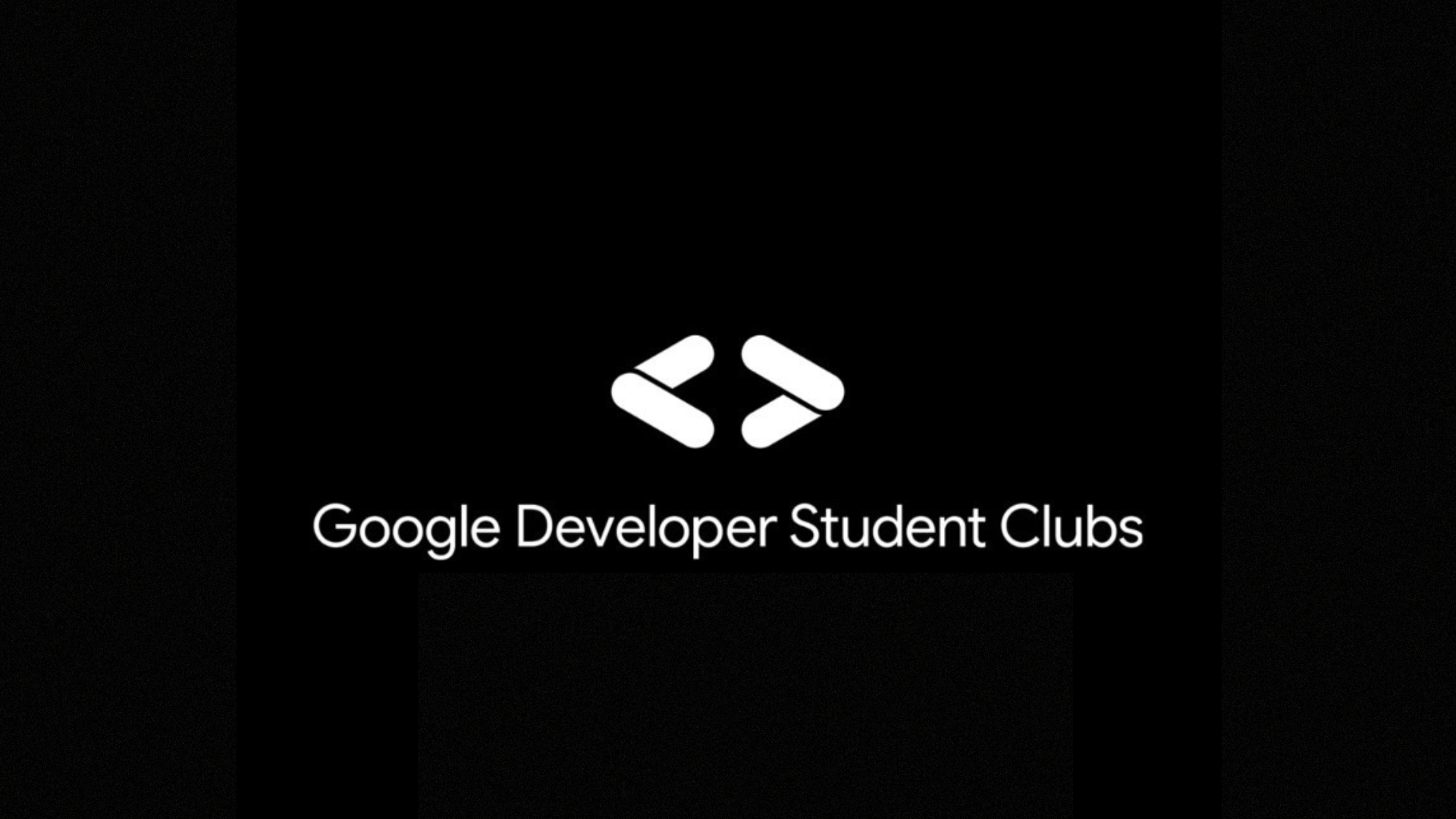 turning the intangible into the "I-can't-believe-I-paid-for-this" tangible.
turning the intangible into the "I-can't-believe-I-paid-for-this" tangible. Like owning an imaginary friend, but somehow even less explainable at parties
Like owning an imaginary friend, but somehow even less explainable at parties
"In the old days, we'd find treasure
chests with gold. Nowadays, we
find NFTs with pixelated memes."


Scarcity & Exclusivity
Enhanced Collectability. 
Remember the days when we used to collect Pokemon cards and WWE cards and used to discuss with our friends..?
In Shopify a merchant can give customers who hold their token a 25%-off discount.
Spotify
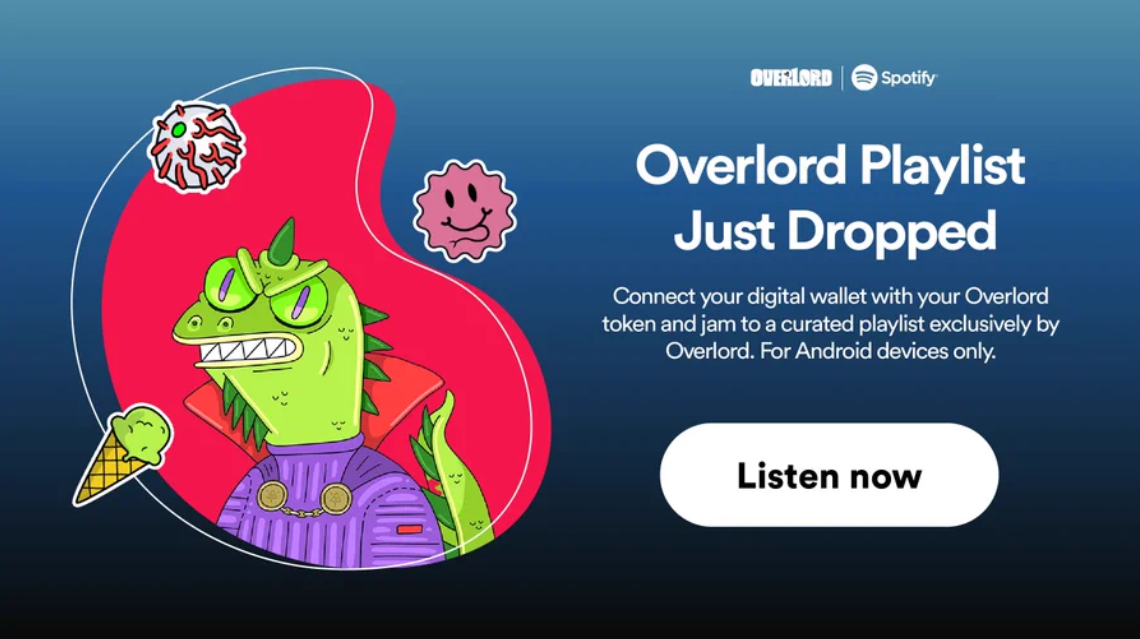
From Cats to Cash
This feature lets members of those particular communities connect a crypto wallet holding one of
the Ethereum NFTs and access an exclusive Spotify playlist
Gamification involves integrating elements of game design,
such as challenges, rewards, and
feedback, into non-game contexts
to motivate and engage users..
#1 Key components:
Motivation : (giving users a reason to participate)
Rewards : (for completing tasks)
#2 Psychological principles:
Gamification leverages psychological triggers like motivation,
goal-setting, and the appeal of both intrinsic (internal satisfaction) and extrinsic (external rewards)
motivators.
Gamification boosts user engagement and motivation by creating enjoyable experiences.

#1 OpenSea is a prominent marketplace for buying, selling, and trading non-fungible tokens
(NFTs).

#2 NFTs are unique digital assets that are stored on blockchain technology, representing
ownership of digital items like art, collectibles, and virtual real estate.
#1 OpenSea integrates gamification elements to enhance the user experience.

#2 Leaderboards: OpenSea also features leaderboards that track users' and creators’ progress on
various metrics. These leaderboards can provide creators’ with a sense of competition and motivation to
continue participating in the OpenSea ecosystem
#3 Referral reward & bonus : Sign up using referral link and if you get others to sign up on yours
you receive 2% from every purchase your referrals make on the OpenSea platform!

#4 Discounts and promotions: OpenSea often offers discounts and promotions to users who participate
in certain activities
Gamification, as exemplified by OpenSea, offers a blueprint for enhancing user engagement and
experience in the digital realm.
By studying successful gamification strategies, we gain insights into designing user-centric
interfaces that captivate and retain users.
As we wrap up our exploration of the intriguing intersections between decentralization, Web3.0,
gamification, and
groundbreaking applications like NFT Gating, it becomes abundantly
clear that we are on the brink of a transformative era in the realm of web technologies
The evolution of the internet from its centralized origins to the decentralized architecture
of Web3.0
signifies a shift in power dynamics and ownership.
So, let us seize this moment, collaborate across disciplines, and
pave the way for a future where decentralized technologies, gamification,
and pioneering applications converge to reshape the very fabric of our digital
existence. The journey ahead is exhilarating, and the possibilities are limitless.
Thank you
